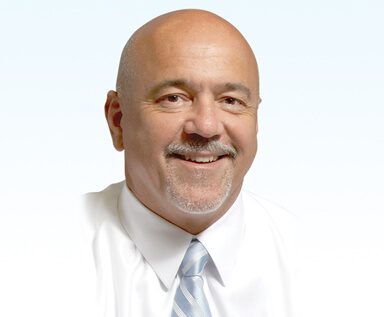Shifting to a Wellness Model of Care
AS THE healthcare industry adapts to an ever-changing landscape, transitioning to a wellness model of care looks to be in its future.
- By Patrick M. Schmidt
 AS THE healthcare industry adapts to an ever-changing landscape, transitioning to a wellness model of care looks to be in its future. That means adjusting to meet an increasing patient demand for care post-pandemic by expanding healthcare staffing, especially in certain sectors; focusing on high-quality care and outcomes by switching from a fee-for-service model to a patient-centered model; acknowledging and meeting the needs of “healthcare consumers;” and embracing new emphasis on preventing disease rather than treating it.
AS THE healthcare industry adapts to an ever-changing landscape, transitioning to a wellness model of care looks to be in its future. That means adjusting to meet an increasing patient demand for care post-pandemic by expanding healthcare staffing, especially in certain sectors; focusing on high-quality care and outcomes by switching from a fee-for-service model to a patient-centered model; acknowledging and meeting the needs of “healthcare consumers;” and embracing new emphasis on preventing disease rather than treating it.
The forces driving this changing landscape are numerous, but most acknowledge the COVID-19 pandemic currently tops the list of contributors. As we highlight in our article “Effects of COVID-19 on Medical Resources,” these effects stem from staffing and revenue shortages to supply chain management challenges. Declines in patient visits and procedures during the pandemic substantially reduced revenue, with 75 percent of hospitals reporting adverse impacts. Yet, despite the downturn in visits and procedures, adequate staffing continues to be problematic as nurses were already in short supply prior to the pandemic. Recent surveys by several major healthcare organizations show nurses are now leaving their jobs due to forced overtime, burnout and fear of contracting the SARS-CoV-2 virus. And lack of staff isn’t limited to nursing. In another study, some 43 percent of physician respondents also reported burnout. Fortunately, the federal government is funding millions of dollars to address these shortages, and many hospitals are starting to report rising revenues. What’s more, nursing and medical school enrollment is on the upswing. However, supply chain challenges will continue until the system resolves the issues the pandemic raised.
As concerns over the pandemic diminish, the industry is bracing for a surge in patients due to an aging population and “healthcare consumers,” defined as patients engaged in their healthcare through technologies such as electronic health records, telehealth and wearables. An answer to this service gap, according to many, involves retail health centers (RHCs). As reported in our article “Healthcare Disrupted: Transitioning Primary Care, Diagnostics and Chronic Disease Management to the Retail Healthcare Sector,” while RHCs are not new, their growth is driven by healthcare consumers’ desire for more convenient office hours and clear pricing. RHCs provide a growing number of services that are mainly staffed by physician assistants and nurse practitioners, which can result in discord between these facilities and primary care practices. Yet, despite this friction, RHCs appear to be here to stay, and there seems to be no argument that they are serving patients in more convenient locations with hours and pricing that better suit consumer needs.
As always, we hope you enjoy the additional articles addressing the ways in which healthcare is shifting in this issue of BioSupply Trends Quarterly, and find them both relevant and helpful to your practice.
Helping Healthcare Care,

Patrick M. Schmidt
Publisher
